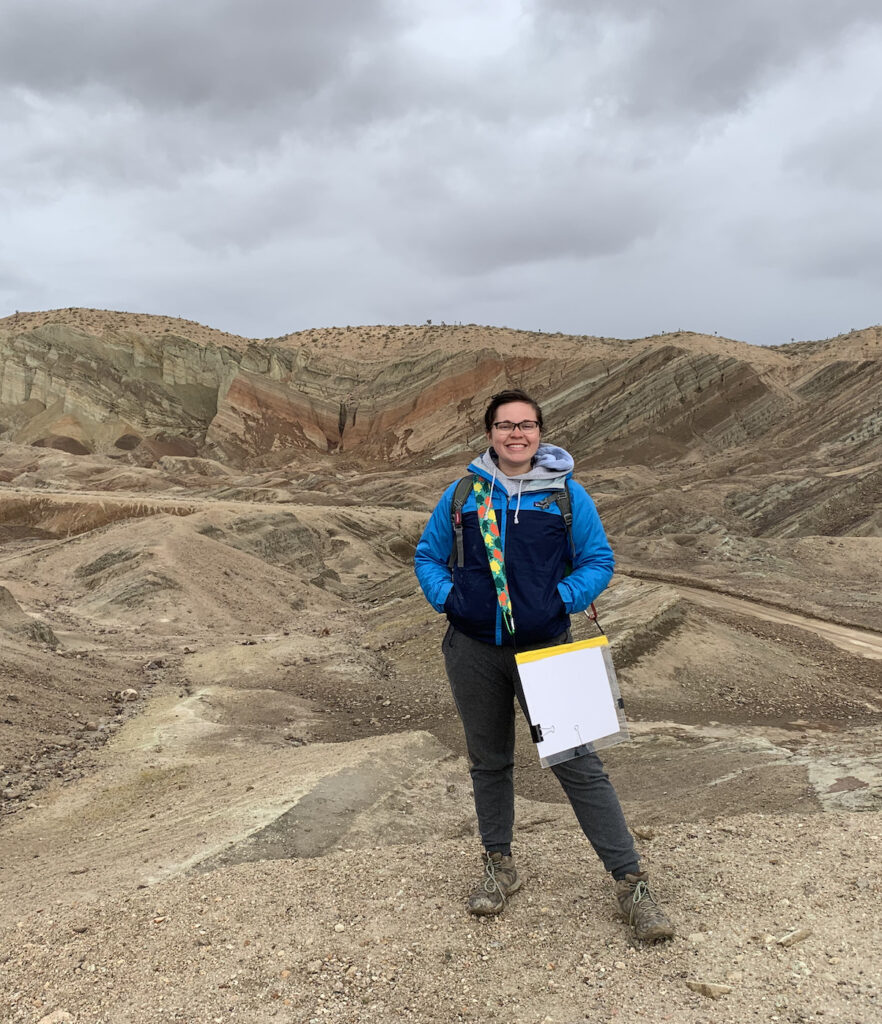 By Bri Sotkovsky, MLML Geological Oceanography Lab
By Bri Sotkovsky, MLML Geological Oceanography Lab
What are microplastics?
Hi there! My name is Bri and for my graduate thesis work at Moss Landing Marine Labs I plan to focus on microplastics in the beach habitat, and how it may be affecting the health of Monterey Bay’s ecosystem. This blog will walk you through an overview of microplastics and why this research is important. “One study estimated there are 15 to 51 trillion microplastics particles floating on the surface of the oceans. A trillion is one thousand billion. A trillion seconds is nearly 32,000 years” (National Geographic).
Microplastics pollute many aquatic ecosystems, but due to their small size, they often find themselves exempt from regulations that attempt to maintain the health of said aquatic ecosystems. Micro, coming from the Greek prefix meaning small (less than 5 mm to be precise) and plastics, also derived from the Greek word ''plastikos'' meaning fit for moulding, can come from a wide range of products with varying levels of semi- or fully synthetic polymers (materials constituted of long molecular chains (macromolecules) and organic connections obtained through processing of natural products or through synthesis of primary materials from oil, gas, or coal).
Plastic started to be produced on a larger scale in the 1950s and by the 1970s it was first observed at the surface of the Atlantic and Pacific Oceans. Because plastic is largely synthetic, it doesn’t physically break down; it simply erodes into smaller and smaller pieces that end up in our oceans over the years. (Although many plastics have been found to have half lives).
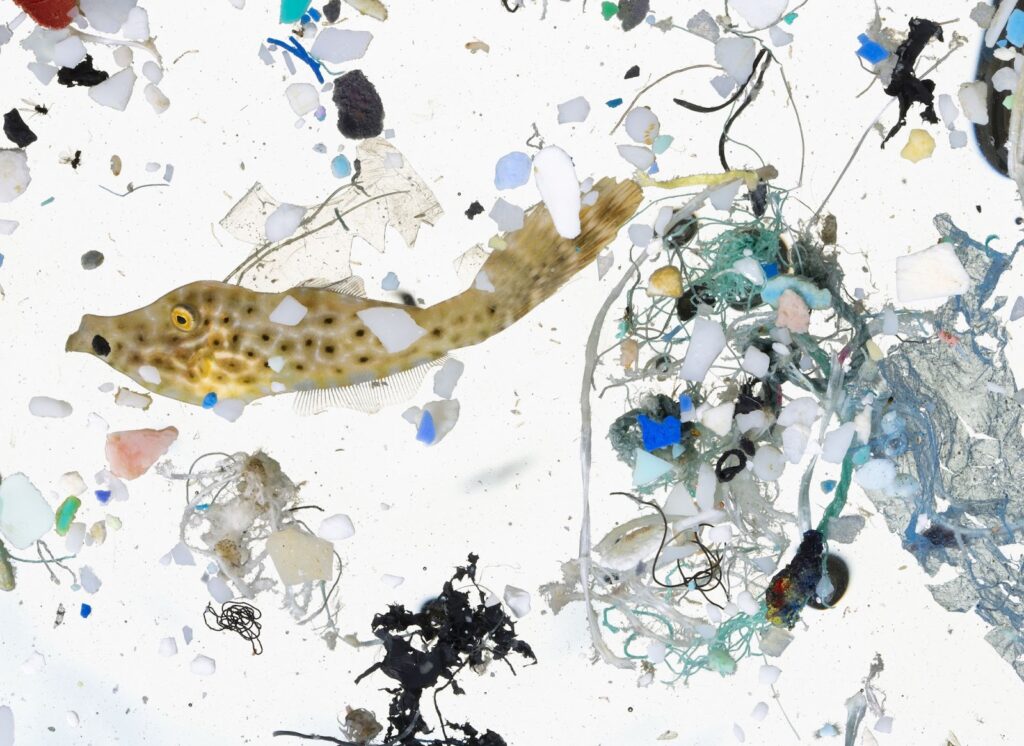
How are microplastics affecting Monterey Bay?
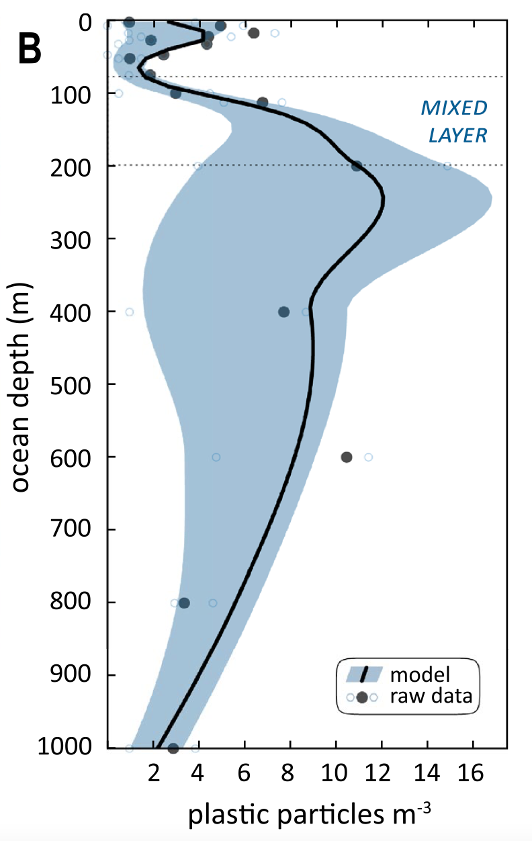
The Monterey Bay is one of the most biodiverse areas of the ocean and right off the coast from many highly populated areas, which makes organisms that live here especially vulnerable to plastic pollution. The two types of plastic that are most prevalent in Monterey Bay are: 1. polyethylene terephthalate, which is used in single-use plastic packaging and bottles, and 2. polyamide, which is used in both the textile and automotive industries (Choy et. al, 2019). A preliminary study (Choy et. al, 2019) in the journal Scientific Reports, and one of the first of its kind, studied microplastic concentrations at regular intervals throughout the water column from 0 to 1000 meters in depth. This study found that there were regular occurrences of microplastics found throughout all of the water column. Shockingly, despite Monterey Bay having a number of Marine Protected Areas (MPAs), areas that restrict human activity for a conservation purpose, typically to protect natural or cultural resources, the presence of these areas did not protect them from having concentrations of microplastic that match or even exceed levels in other marine regions.
Although it is widely known how microplastics get transported into the ocean, it is still unclear as to how it moves through the food chain. Plastic in single use trash usually ends up in trash cans, but it also is tossed out of car windows, blows in the wind from the sides of trash cans, or is even purposefully left on beaches or hiking trails. When this plastic begins to erode and turn into smaller pieces it becomes microplastic.
Another major source of microplastics is from the agricultural industry. Microplastics are used at all levels from packaging to the fertilizer itself. The land directly east of the Monterey Bay is largely agricultural, which suggests that this is the main source of microplastics in the bay. Preliminary work on this topic suggests that microplastics may enter the food chain through filter feeders and particle feeders such as crabs and larvaceans, and continue to move up causing irreversible harm. Microplastics block the digestive tracts of these organisms and thus diminish their urge to eat, which results in a reduction of their growth and their reproductive rates. Worst case scenario, their stomachs fill up with plastic (due to its inability to erode), and the organism can starve to death.
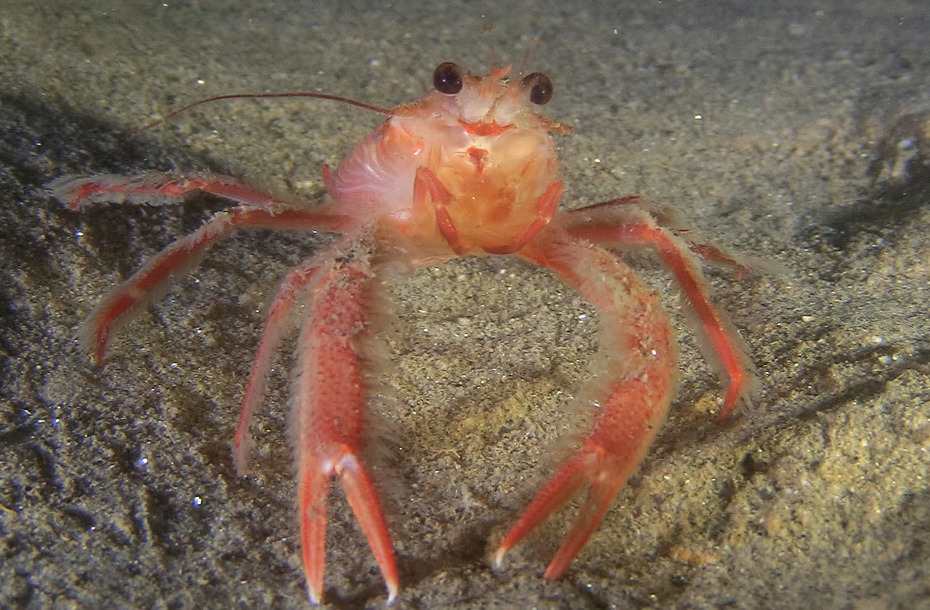
What can you do to help?
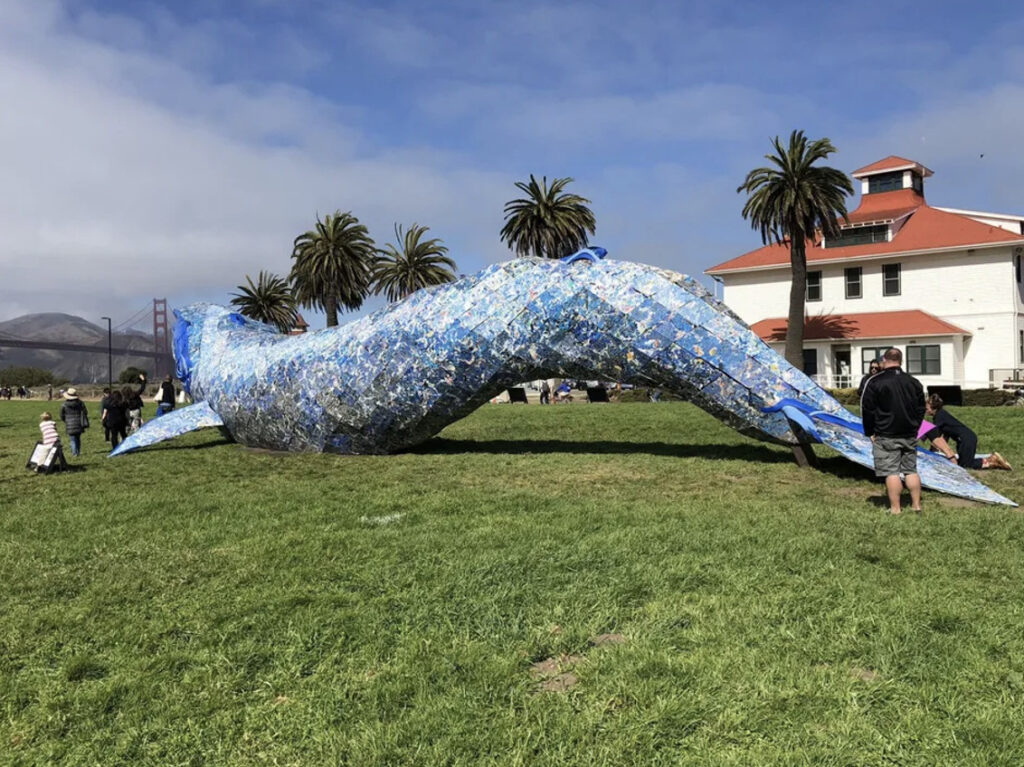
On a person-to-person level, I believe that the best way you can stop microplastics from infecting Monterey Bay is by stopping (or at the very least limiting) our use of single-use plastics. This means buying multiple use water bottles and buying glass when at all possible, because glass is easier to recycle. Despite the advertisement of plastic recycling being better, this is largely to help decrease the guilt we feel towards using single use plastic. When recycled, plastic can’t be perfectly turned into the same thing as it was before and often needs to be downcycled. For example, a water bottle can be recycled into things such as a park bench, but can never be turned into a water bottle again. The best thing to do, over recycling is to limit your use of things that will become trash immediately after use. Other things you can do is use what others might consider trash as a way to create art and look up other ways to upcycle your plastic material, because if it is art it will stay out of our oceans!
The best possible way to solve the microplastics problem in Monterey Bay is a community effort. Talk to your representatives about how important it is to you to help keep plastic out of Monterey. Host a city or beach clean up with friends, family, or people in your community. Communicate with family and friends about the problem. The problem with microplastics and trash in general in our oceans is not going away anytime soon, but as long as we continue to recognize it and change our habits we can hopefully save our oceans from further harm.
Sources
Choy, C.A., Robison, B.H., Gagne, T.O. et al. The vertical distribution and biological transport of marine microplastics across the epipelagic and mesopelagic water column. Sci Rep 9, 7843 (2019). https://doi.org/10.1038/s41598-019-44117-2
Fulton-Bennett, K., & Barr, N. (2019, July 25). New study finds microplastic throughout Monterey Bay. Retrieved April 23, 2021, from https://www.mbari.org/microplastics-water-column/
Royte, E. (2021, February 10). We know plastic is harming marine life. What about us? Retrieved April 23, 2021, from https://www.nationalgeographic.com/magazine/article/plastic-planet-health-pollution-waste-microplastics

